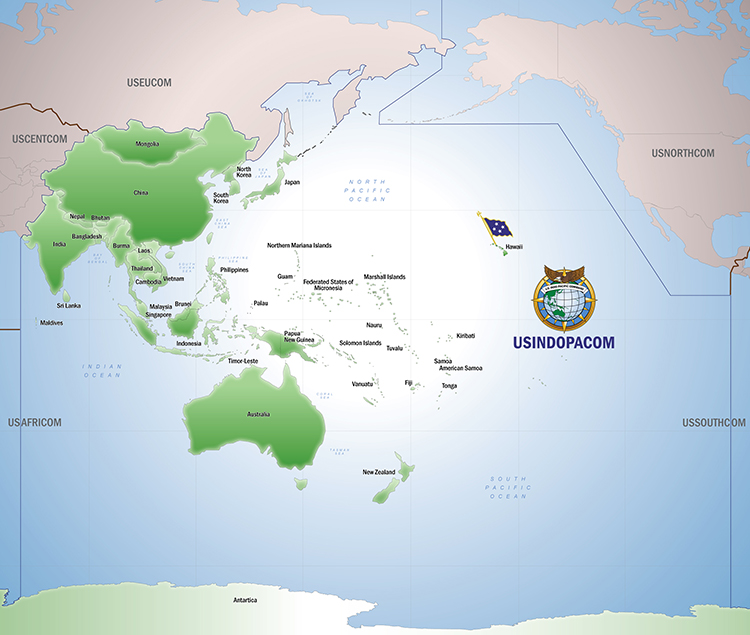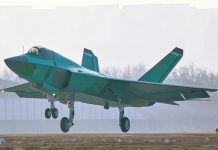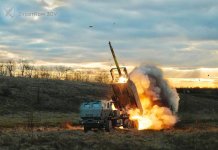The US is stepping up efforts to revive the Navy’s ‘First Fleet’ as China continues to intimidate Taiwan militarily.
The matter came up when US Indo-Pacific Command’s head Adm. Philip Davidson testified before the House Armed Services Committee last month.
The US Navy has reportedly asked the Pacific Fleet commander to explore options on the proposed resurrection of the First Fleet. “He’s still in the process of developing what the concepts might be, what the impacts, pros, and cons are, and how it would affect 7th Fleet, some of our relationships out there, as well. I look forward to having that conversation with him,” Davidson was quoted as saying by Nikkei Asia.
Former Navy Secretary Kenneth Braithwaite had also stated at a Heritage Foundation event last week that American allies such as India, Singapore, and Japan have welcomed this idea, which has the backing of top American defense officials.
The idea was floated to boost maritime cooperation and defense ties between the QUAD members — Japan, Australia, India, and the US — in the area. The Quadrilateral Security Dialogue or QUAD has been stressing the freedom of navigation in international waters in view of China’s rising aggression in the disputed South China Sea.
Fleet formation.
The Theodore Roosevelt Carrier Strike Group sails in formation with the Makin Island Amphibious Ready Group in the South China Sea. pic.twitter.com/KfPpZAEV7K— Department of Defense ?? (@DeptofDefense) April 16, 2021
The informal alliance, often called the Asian NATO, is aimed at countering China’s military maneuvers in the Indo-Pacific region.
The US Department of Defense defines numbered fleets as major tactical units of the Navy. The 1st fleet had been operational from 1947 till 1973. Its resurrection will place it under the theater-level control of the US Pacific Fleet, which is in turn under the Indo-Pacific Command (USINDOPACOM), earlier called US Pacific Command (USPACOM).
The move reflects the changing geopolitical priorities of Washington. During the Cold War, the Indian Ocean was not that significant as it was located far away from the USSR. But with China’s rise as an influential global power, the waters around it become more important. India is especially vulnerable to growing Chinese incursions into the Indian Ocean.
The idea of resurrecting the 1st fleet has been floating around for a while now. While speaking at the Naval Submarine League’s annual symposium in November last year, Braithwaite who had served under Trump had stated his intentions to establish a new numbered fleet in the Indo-Pacific region where “it can provide a much more formidable deterrence”.
Braithwaite had mentioned the fleet could be based in Singapore. Singapore is a very strategic location with its placement at the mouth of the Malacca Strait through which about 60% of China’s trade flows.
The proposal is still in its early days. Davidson said that the Navy has appointed John Aquilino, the Pacific Fleet commander, to develop concrete steps and to work out a cost-benefit analysis.
On the question of logistics, Adm. Sudarshan Shrikhande, the former head of Indian Naval Intelligence, told Nikkei Asia that most of the 1st fleet will be made up of elements from other fleets, especially the neighboring ones of 3rd and 7th fleets rather than being “created anew.”

The solution thus might be the strategic placement of available resources rather than trying to outcompete the Chinese naval fleet.
Another method of “force-multiplying,” according to Braithwaite, is to align the US Navy’s 1st fleet along the Indian Navy’s demarcation of the Indian Ocean to boost the overall QUAD presence efficiently.
The US army is increasingly looking at the QUAD members for cooperation in this regard. Last month, the members — the US, Japan, Australia, and India — had committed themselves to a free and open Indo-Pacific region. The initiatives could also be bilateral and expanded in their scope, according to retired Rear Adm. James Goldrick.
While the statements by the QUAD did not mention China directly, Chinese domination in the region indicates who will be encumbered by the efforts.
Not only QUAD, but other countries aligned with the US, such as the Philipines would also benefit from increased American presence in the South China Sea.




